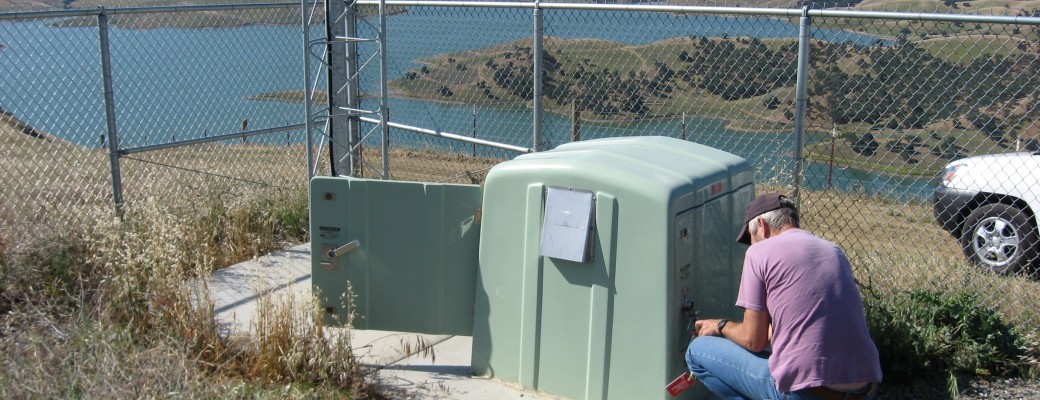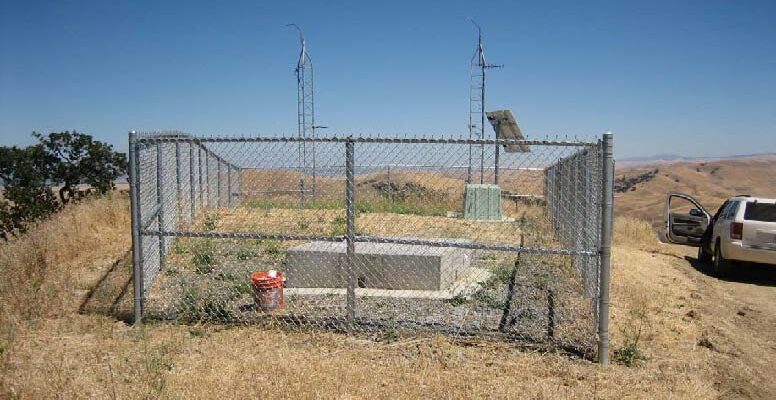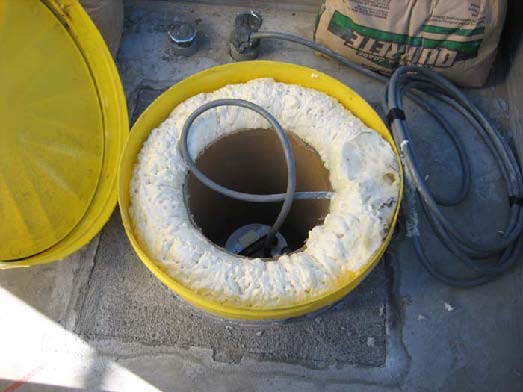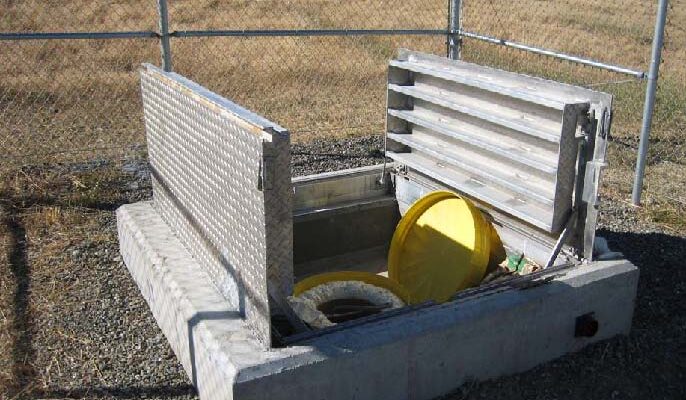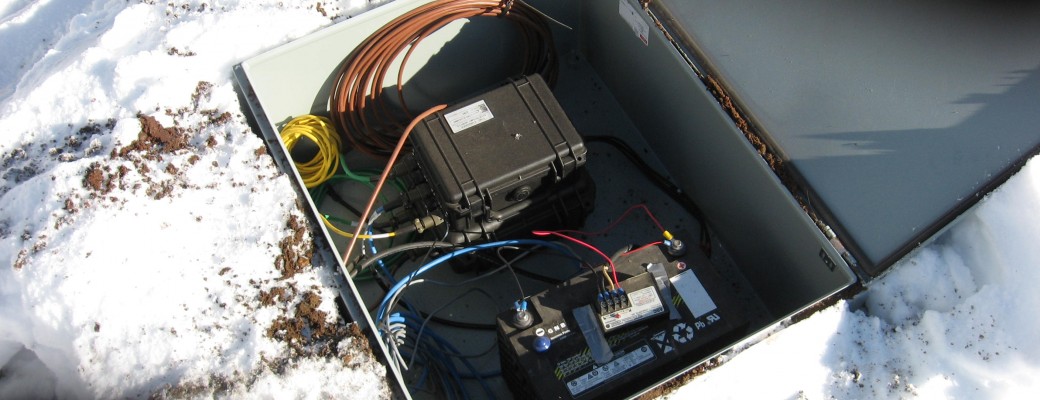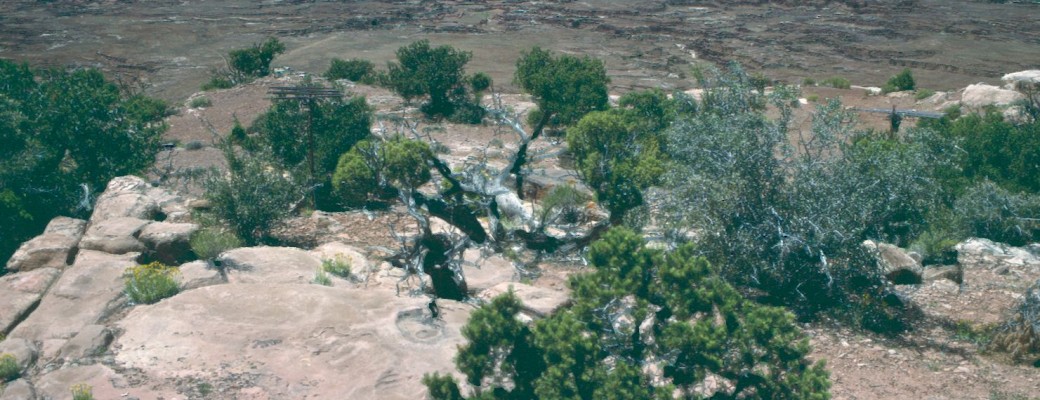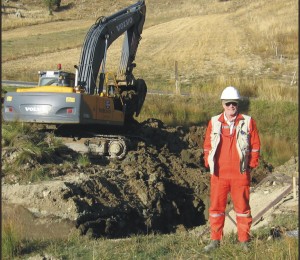
LGS has extensive experience in the design, procurement and operation of earthquake monitoring networks to evaluate to potential for induced seismicity and characterize seismic sources for earthquake hazard analysis. LGS personnel have monitored microearthquakes induced by coal mining in central Utah, reservoir loading and unloading in central California, fluid injection in a potash solution mine in southern Utah, and geothermal operations at sites in Nevada and California.
There are several basic types of seisomgraph networks used to monitor earthquake activity. The simplest type of earthquake monitoring involves just event detection. i.e., simply monitoring an area to determine if there are any earthquakes at all. The instrumentation for an earthquake detection project can be as simple as a three-component short-period seismometer, a GPS receiver and a data logger. Properly installed in a low noise site such a seismograph system can detect the occurrence of small earthquakes and can permit a seismologist to do some rudimentary earthquake locations. Such a system can answer question like “Are there any earthquakes near this site?” and “How close might they be?” for a reasonable cost.
A more extensive seismic network designed to accurately locate small earthquakes would consist of at least five seismographs with a mix of one- and three-component seismometers surrounding the area of interest. Data from the seismometers can be either recorded locally or transmitted to a central recording facility via spread spectrum radios. Such a network can be used to provide very accurate earthquake locations, determine the magnitude of the events and the type of earthquake failure mechanisms. With this type of network questions like “Where are these earthquakes located and how deep are they?” and “Is this fault seismically active?” can be addressed.
More sophisticated networks utilizing broadband seismometers and real-time data acquisition and event location systems can be designed to answer specific questions regarding site response to earthquake ground shaking, discriminate between induced seismicity and natural tectonic events, monitoring of engineered geothermal systems, etc.
